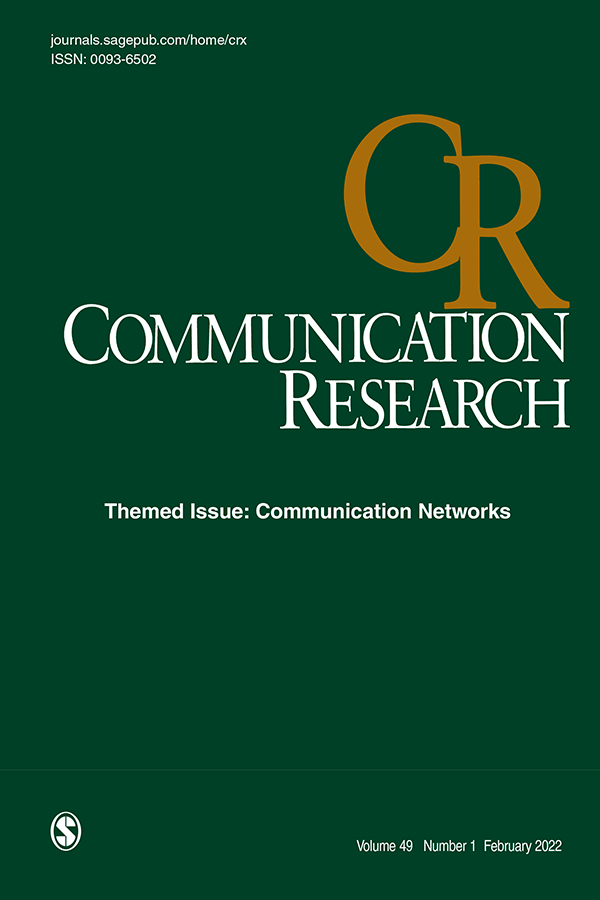Goal Understanding and Anonymous Cyberbullying in Social Media: How Victims Interpret, Cope with, and Respond to Hurtful Messages Online
IF 3.2
1区 文学
Q1 COMMUNICATION
引用次数: 0
Abstract
We experimentally manipulated social media affordances theoretically linked to cyberbullies’ anonymity using hypothetical scenarios taking advantage of the diverse ways people get bullied by someone they can identify versus an anonymous cyberbully. Nine different social media platforms–from TikTok, Twitter, and Tumblr to Instagram, iMessage, and Email–manipulated a cyberbully’s anonymity to uncover pathways known to precipitate poor mental health in a 2 × 9 design. Inferring upward-mobility and highlight-difference goals did not predict affective outcomes; whereas inferring insecurity goals predicted increased hurt and negative emotion regardless of anonymity but inferring personal-attack goals was more hurtful, emotionally negative, and severe when victims knew the bully. Second, inferring the goals predicted decreased coping via increased use of motivation (but not identity) uncertainty reduction strategies, especially if the bully was anonymous. Third, inferences of the insecurity and personal attack goals predicted decreased attraction to the cyberbully via increased coping if the bully was anonymous.目标 了解和匿名社交媒体中的网络欺凌:受害者如何解读、应对和回应网上的伤害性信息
我们通过实验操纵了社交媒体上与网络恶霸匿名性有关的理论支持,使用了假设的场景,利用了人们被他们可以识别的人欺负的不同方式,而不是匿名的网络恶霸。9个不同的社交媒体平台——从抖音、推特、Tumblr到Instagram、iMessage和电子邮件——操纵了一名网络欺凌者的匿名性,以2x9的设计揭示了已知会导致心理健康状况不佳的途径。推断向上流动和突出差异目标不能预测情感结果;而不安全感目标的推断预测了伤害和负面情绪的增加,而当受害者知道欺凌者时,个人攻击目标的推断更伤人,情绪上更消极,更严重。其次,通过增加动机(而不是身份)不确定性减少策略的使用,推断目标预测会降低应对能力,尤其是在欺凌者是匿名的情况下。第三,对不安全感和人身攻击目标的推断表明,如果网络欺凌者是匿名的,则其对网络欺凌者的吸引力会随着应对能力的提高而降低。
本文章由计算机程序翻译,如有差异,请以英文原文为准。
求助全文
约1分钟内获得全文
求助全文
来源期刊

Communication Research
COMMUNICATION-
CiteScore
17.10
自引率
0.00%
发文量
20
期刊介绍:
Empirical research in communication began in the 20th century, and there are more researchers pursuing answers to communication questions today than at any other time. The editorial goal of Communication Research is to offer a special opportunity for reflection and change in the new millennium. To qualify for publication, research should, first, be explicitly tied to some form of communication; second, be theoretically driven with results that inform theory; third, use the most rigorous empirical methods; and fourth, be directly linked to the most important problems and issues facing humankind. Critieria do not privilege any particular context; indeed, we believe that the key problems facing humankind occur in close relationships, groups, organiations, and cultures.
 求助内容:
求助内容: 应助结果提醒方式:
应助结果提醒方式:


